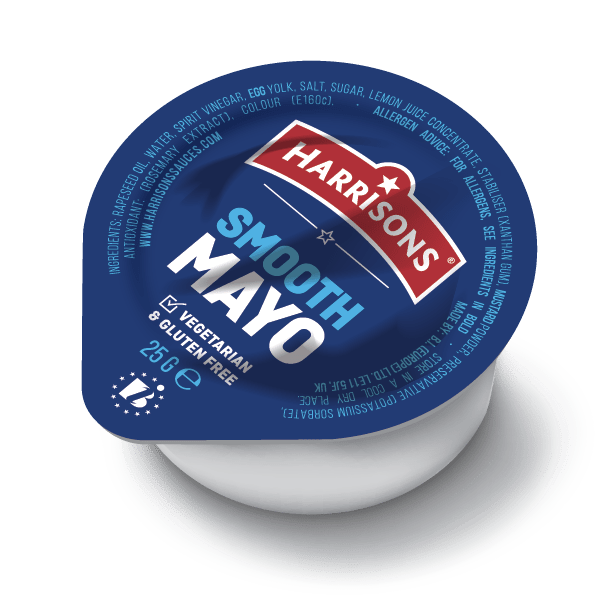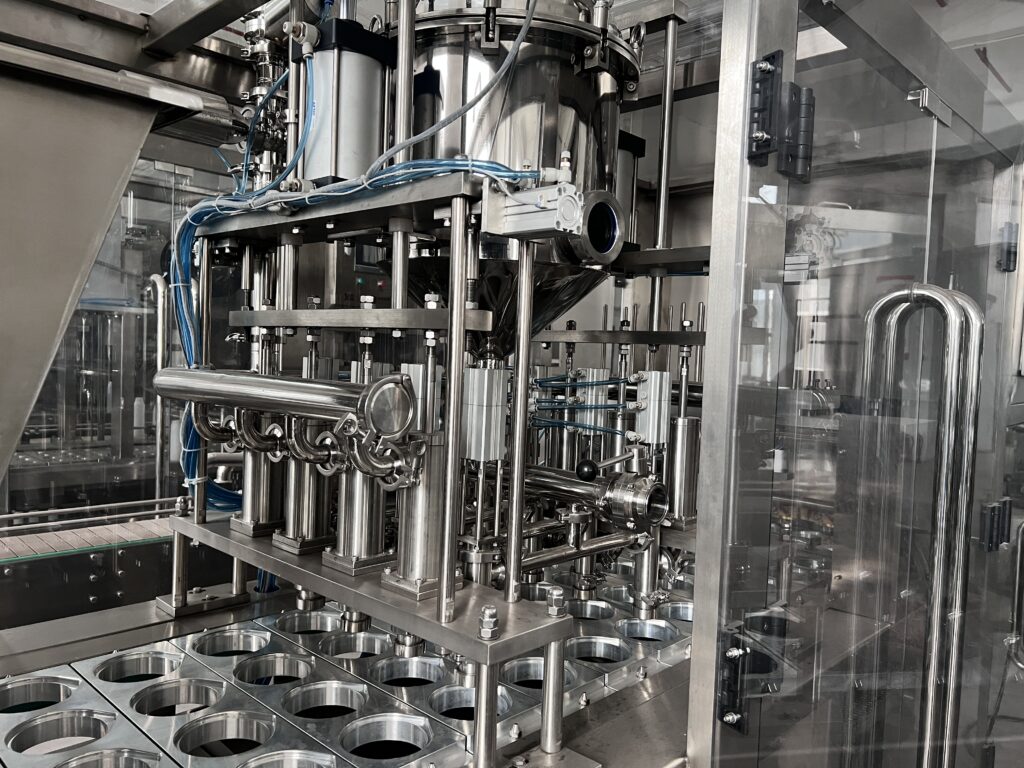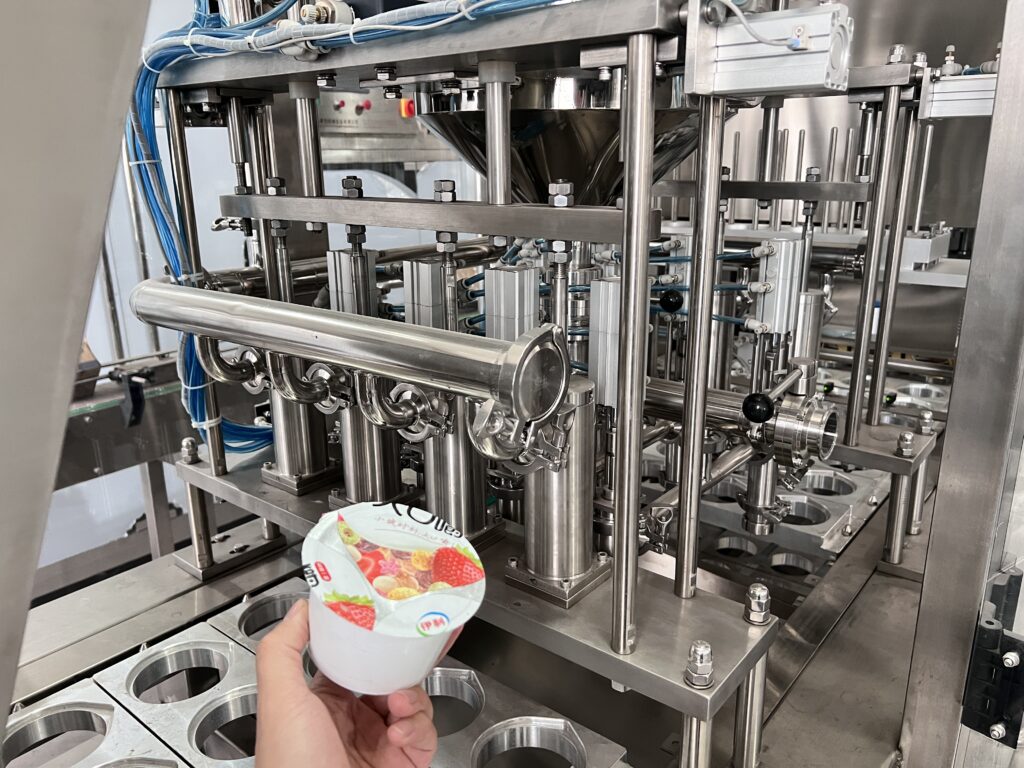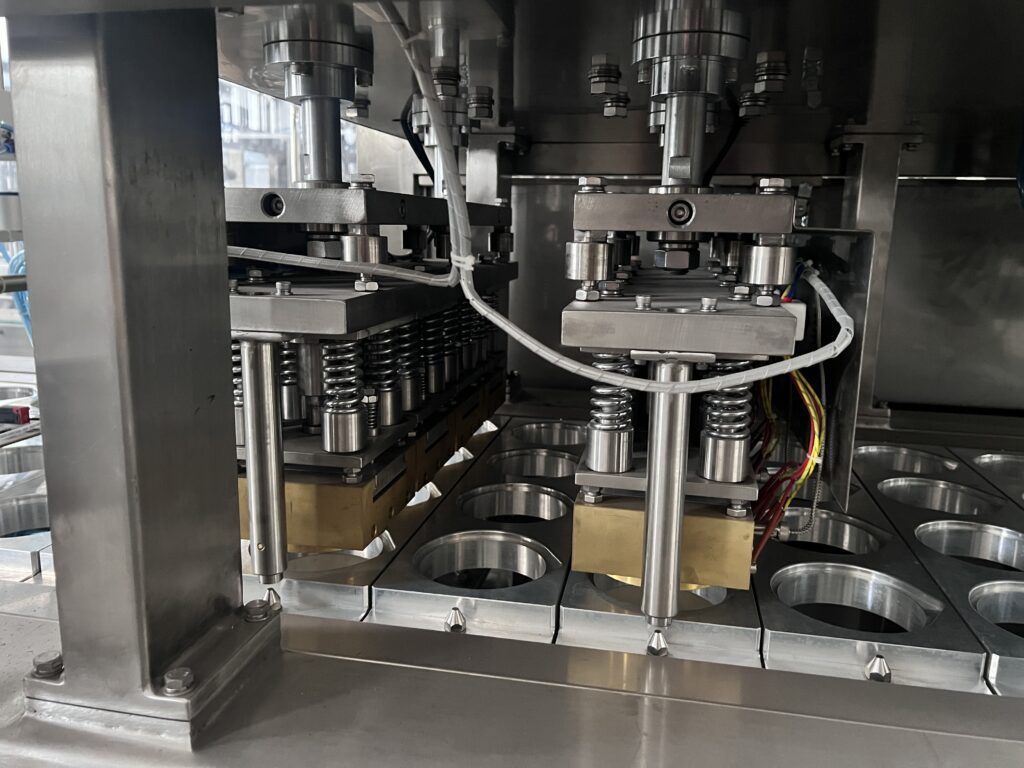Feeling overwhelmed by messy, slow manual mayonnaise packing? This inconsistency hurts your brand and limits your growth. You need a better, automated solution to keep up with demand.
A mayonnaise cup filling and sealing machine is an automated system that dispenses mayonnaise into cups, seals them, and prepares them for final packaging. This machine streamlines your production, ensuring consistent filling, perfect sealing, and enhanced hygiene, ultimately boosting your efficiency and product quality.

Ready to move past slow, manual packing? It’s a common bottleneck that holds businesses back. The good news is, automation offers a clear path forward. I’ve seen many clients struggle with this exact problem before finding the right equipment. Let’s explore how this machine can completely change your production line for the better. This is how you can finally scale up your operations and meet market demand without sacrificing quality.
How does the machine handle the automatic filling process?
Struggling to get the same amount of thick mayonnaise in every cup? Manual filling is often inaccurate, leading to waste and unhappy customers. This inconsistency can seriously damage your brand’s reputation.
The machine uses a high-precision piston filling system1. This method is essential for thick sauces like mayonnaise, as it uses pressure to dispense an exact, consistent volume every time. It also features an automatic cup-dropping function, starting the process seamlessly.

When I first started in this industry, I remember visiting a sauce producer who was losing a lot of money. Their problem was overfilling. Some cups had too much mayonnaise, others too little. It was a mess. The key for them, and for you, is precise portion control2, especially with a viscous product like mayonnaise. A standard gravity filler just won’t work; it’s too slow and inaccurate for thick liquids. You need a system designed for the job.
Why Piston Filling is a Must for Mayonnaise
A piston filler works like a large syringe. A piston pulls back to draw a specific amount of mayonnaise from the hopper into a cylinder. Then, it pushes forward to dispense that exact amount into the cup. This mechanical action provides the necessary force to move the thick sauce smoothly and accurately.
The Automated Workflow
The process is a smooth, hands-free operation from start to finish. Let’s look at the first two steps:
| Step | Function | Benefit |
|---|---|---|
| 1. Automatic Cup Dropping3 | The machine takes a single cup from a stack and places it perfectly on the conveyor. | Eliminates manual labor, increases speed, and ensures consistent placement for the next step. |
| 2. Piston Filling4 | The piston pump dispenses a pre-set volume of mayonnaise into the waiting cup. | Guarantees exact portion size in every cup, reduces product waste, and maintains product consistency. |
This automated two-step start is the foundation of an efficient and reliable packaging line. It removes guesswork and human error right from the beginning.
How does the machine guarantee hygiene and easy cleaning?
Worried about keeping your equipment clean, especially with a dairy-based product like mayonnaise? Manual cleaning is time-consuming and can miss spots, risking contamination and product spoilage. This is a major concern for food safety.
The machine’s hopper is equipped with a Clean-In-Place (CIP) system. This allows for automated washing and sanitizing of all product-contact parts without needing to disassemble them. It ensures your machine remains hygienic and ready for safe production.

I once had a client in Algeria who faced a product recall because of contamination. Their cleaning process was entirely manual, and it just wasn’t enough. It was a tough lesson for them. After they switched to a machine with a CIP system, their problems disappeared. Food safety is not an area where you can afford to cut corners. An automated cleaning system isn’t just a feature; it’s a critical safeguard for your business and your customers.
What is a Clean-In-Place (CIP) System5?
A CIP system is an automated method used to clean the interior surfaces of pipes, vessels, and equipment. Instead of taking the machine apart, it circulates cleaning solutions, water, and sanitizers through the system at the correct temperature and pressure.
The Importance of CIP for Mayonnaise Production
Mayonnaise contains eggs and oil, making it a prime breeding ground for bacteria if not handled properly. A CIP system addresses this directly.
- Thorough Cleaning: High-pressure spray balls inside the hopper ensure that every corner and surface is reached and cleaned effectively. This removes all leftover mayonnaise residue.
- Reduced Downtime: Cleaning cycles are much faster than manual disassembly and washing. This means your machine is back in production sooner, maximizing your output.
- Improved Safety: It eliminates the need for operators to handle harsh cleaning chemicals directly. The entire process is contained and automated, creating a safer work environment.
- Consistency: An automated CIP cycle runs the same way every time. It removes the risk of human error in the cleaning process, guaranteeing a consistent level of hygiene for every production run. This is essential for meeting food safety standards like HACCP6.
How does the machine ensure a perfect and secure seal?
Are you dealing with customer complaints about leaky cups? A poor seal not only creates a mess but also exposes the mayonnaise to air, causing spoilage and destroying customer trust.
The machine uses a two-step process. First, it automatically places a pre-cut aluminum foil lid onto each filled cup. Then, a high-temperature sealing head presses down, heat-sealing the foil to the cup’s rim, creating a strong, airtight, and leak-proof closure.

One of my customers in Pakistan was shipping their products across the country. They were getting reports of damaged shipments because the cups were leaking during transit. The vibrations on the trucks were just too much for their weak seals. We switched them to a machine with a robust heat-sealing function, and the problem was solved immediately. The final seal is the last line of defense for your product’s quality.
The Sealing and Output Process
A great product deserves packaging that protects it until the customer opens it. Here’s how the machine finalizes the process to ensure that protection.
Step-by-Step Sealing and Ejection
| Step | Function | Benefit |
|---|---|---|
| 1. Automatic Film Placing | A mechanism picks up a single foil lid and places it accurately on top of the filled cup. | Ensures perfect alignment for the seal and keeps the process moving without manual intervention. |
| 2. Heat Sealing7 | A heated plate lowers and applies controlled heat and pressure to the foil lid. | This melts a sealant layer on the foil, bonding it securely to the plastic cup rim for an airtight seal. |
| 3. Robotic Arm Output8 | After sealing, a mechanical arm or "robotic hand" picks up the finished cup. | It gently places the cup onto an output conveyor or into a box, ready for final packing and shipping. |
This complete, automated sequence from sealing to output means every single cup is sealed to the same high standard. The robotic arm handling prevents damage to the finished product, ensuring it leaves the machine in perfect condition.
This complete, automated sequence from sealing to output means every single cup is sealed to the same high standard. The robotic arm handling prevents damage to the finished product, ensuring it leaves the machine in perfect condition.
Conclusion
This machine automates everything from filling to sealing, using piston pumps for accuracy and CIP systems for hygiene. It delivers a perfectly sealed, ready-to-ship product every single time.
-
Explore this link to understand how a high-precision piston filling system can enhance your production efficiency and consistency. ↩
-
Learn about the significance of precise portion control in food production to improve quality and customer satisfaction. ↩
-
Explore how Automatic Cup Dropping enhances efficiency and consistency in packaging processes. ↩
-
Learn about the advantages of Piston Filling for precise portion control and waste reduction. ↩
-
Explore this link to understand how CIP systems enhance food safety and efficiency in production, crucial for any food business. ↩
-
Learn about HACCP standards to ensure your food production meets safety regulations and protects consumer health. ↩
-
Understanding Heat Sealing can enhance your knowledge of packaging technology and improve product quality. ↩
-
Exploring Robotic Arm Output can reveal innovations that boost efficiency and reduce errors in production. ↩


